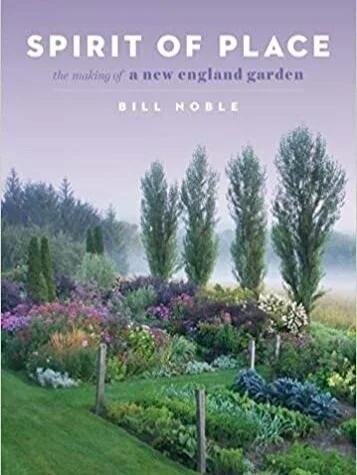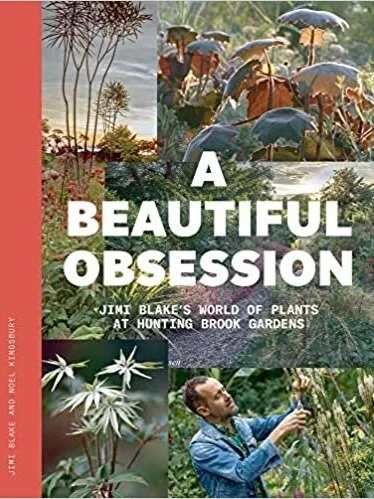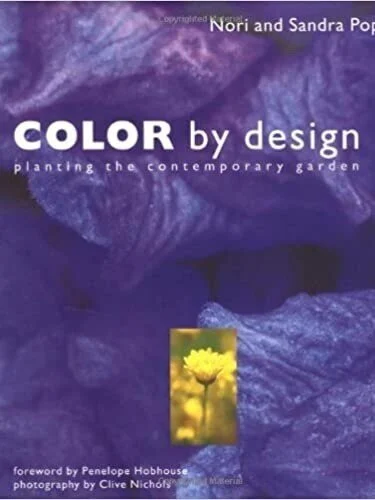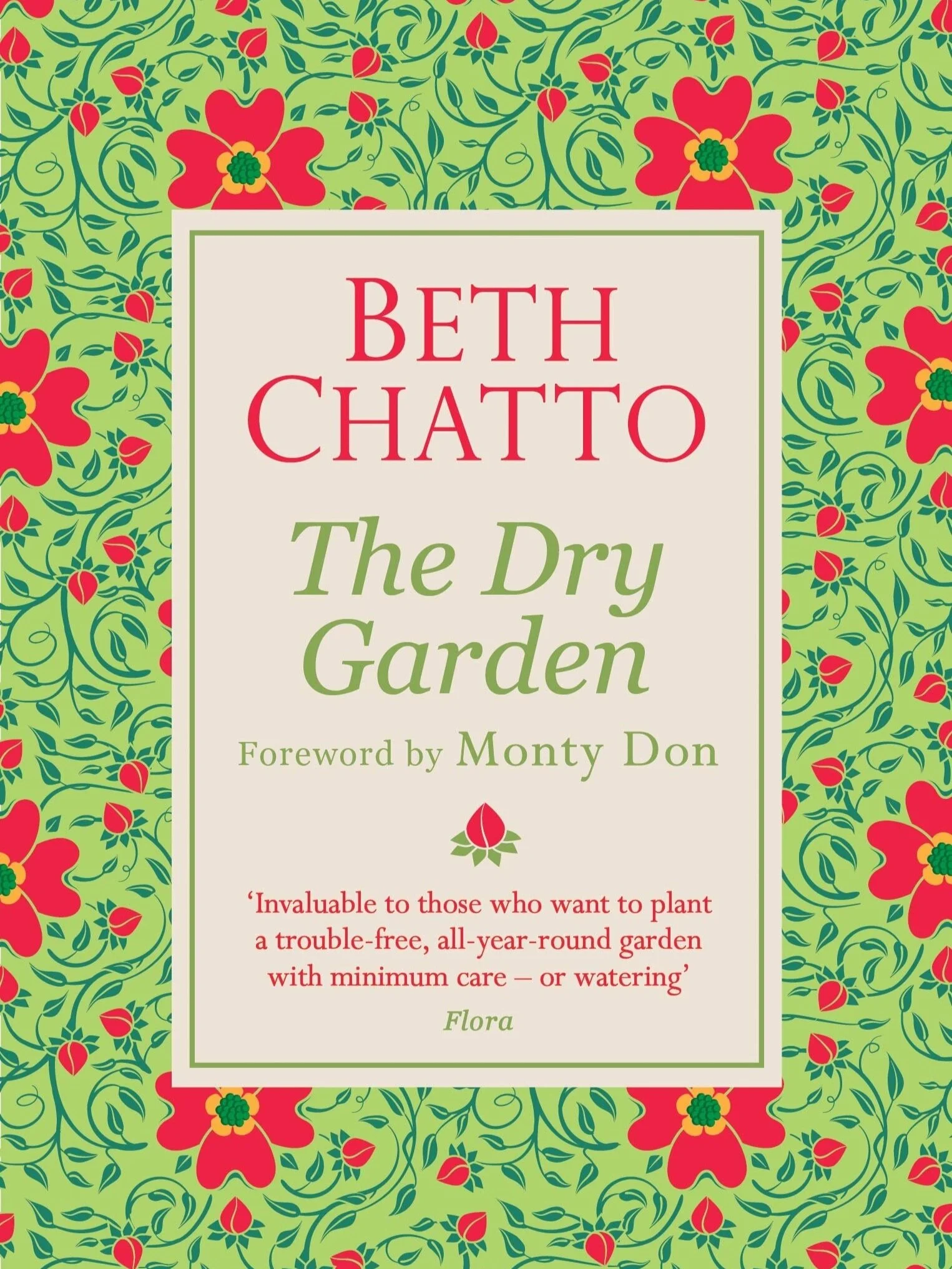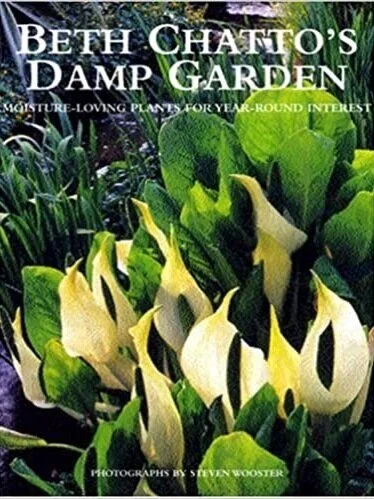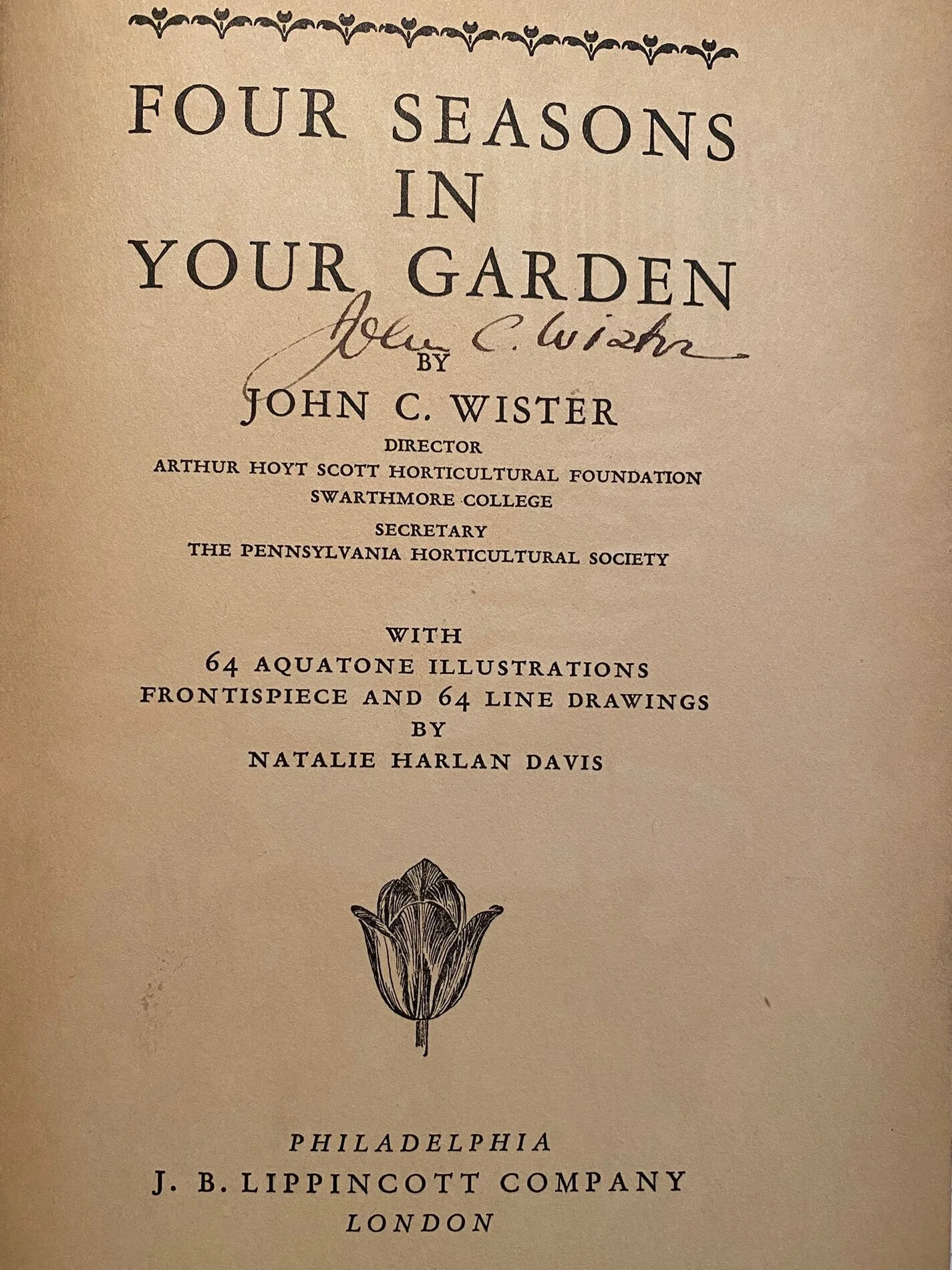In the Garden with Andrew: Summer Reading List
Andrew Bunting. Photo courtesy of the Pennsylvania Horticultural Society.
I have a passion for collecting gardening and horticulture books. In this column, I share a few I’ve read and others I plan to read soon. Some of my suggestions are recently published, while others are decades old.
Bill Noble’s chronicle of his home garden in Norwich, Vermont, recently arrived in the mail. Noble is the former director of preservation for the Garden Conservancy, and his book, “Spirit of Place: the Making of a New England Garden” (Timber Press), is richly illustrated with amazing photographs. You’ll find sections on the old-fashioned flower garden, rock gardening, alpine troughs, meadow gardening, and attracting wildlife to your garden.
Jimi Blake has transformed an old family property outside Dublin into a subtropical wonderland. In his first book, “A Beautiful Obsession: Jimi Blake’s World of Plants at Hunting Brook Gardens” (Filbert Press), the plant collector and gardener shares provocative ideas about bold foliages and colors. While some of the plants he features are not hardy in Swarthmore, his concepts and approaches all translate. A catalog of many of the plants he discusses is included at the back.
If I were asked to list my five favorite gardens in the world, West Dean Garden in West Sussex, England, would be at the top of the list. Over two decades, Jim Buckland and Sara Wain transformed the ruined walled garden into a stunning pièce de résistance of fruit and vegetable horticulture, nurturing one of the world’s largest collections of heirloom apples and other fruit trees and training them in magical ways. Their book, “At West Dean: the Creation of an Exemplary Garden” (White Lion Publishing), illustrates the transformation of this masterpiece. The photography is by Andrea Jones, a regular photographer at Chanticleer Garden in Wayne.
Sheffield University in England is an international leader in sustainable garden design. Two great books by Sheffield professors showcase innovative work with naturalistic and meadow design. They are: “Naturalistic Planting Design” by Nigel Dunnett (Filbert Press) and “Sowing Beauty: Designing Flowering Meadows from Seed” by James Hitchmough (Timber Press).
Brie Arthur is a lecturer, writer, plant propagator, and gardener who lives outside Raleigh, North Carolina. Her recent book, “Gardening with Grains: Bring the Versatile Beauty of Grains to Your Edible Landscape” (St. Lynn’s Press) follows up her earlier “The Foodscape Revolution: Finding a Better Way to Make Space for Food and Beauty in Your Garden.” Both books are wonderful references for the home gardener. Growing grains in your backyard and making your own flour seems daunting to me, but she makes it sound easy and understandable. She uses horticulture to engage the curiosity of children, and a brigade of kids regularly helps her with planting and harvesting.
Now a few older favorites.
In 1990, I lived in England and worked at Tintinhull House in Somerset. While there, I became friends with Nori and Sandra Pope, who were transforming the grounds of Hadspen House into a colorist’s paradise. I consider their book “Colour by Design: Planting the Contemporary Garden” (Conran Octopus) the bible for applying color theory in the garden.
This spring, I have been transforming my front yard on Vassar Avenue into a gravel garden. One of the pioneers of this water-wise approach was Beth Chatto, whose classic “The Dry Garden” (J. M. Dent and Sons, reprinted by Orion) I recommend. She also authored “Beth Chatto’s Damp Garden,” which is equally good.
Every true Swarthmorean should own a copy of Dr. John Wister’s “Four Seasons in Your Garden” (J.B. Lippincott Company) — if they can find one. Dr. Wister was the first director of the Scott Arboretum at Swarthmore College (1929-69). In his introduction, he writes, “This book is for all who love gardening; but its first purpose is to interest those who plan to beautify rather small grounds.” He continues, “...many modern books are so complicated they tend to discourage the would-be gardener at the start.”
I probably should have written this article in the winter, because that’s when all my gardening friends and colleagues tend to catch up on reading. In the summer, they are gardening.
Send your gardening questions to editor@swarthmorean.com.
Andrew Bunting is vice president of public horticulture at the Pennsylvania Horticultural Society and vice president of the Swarthmore Horticultural Society.



